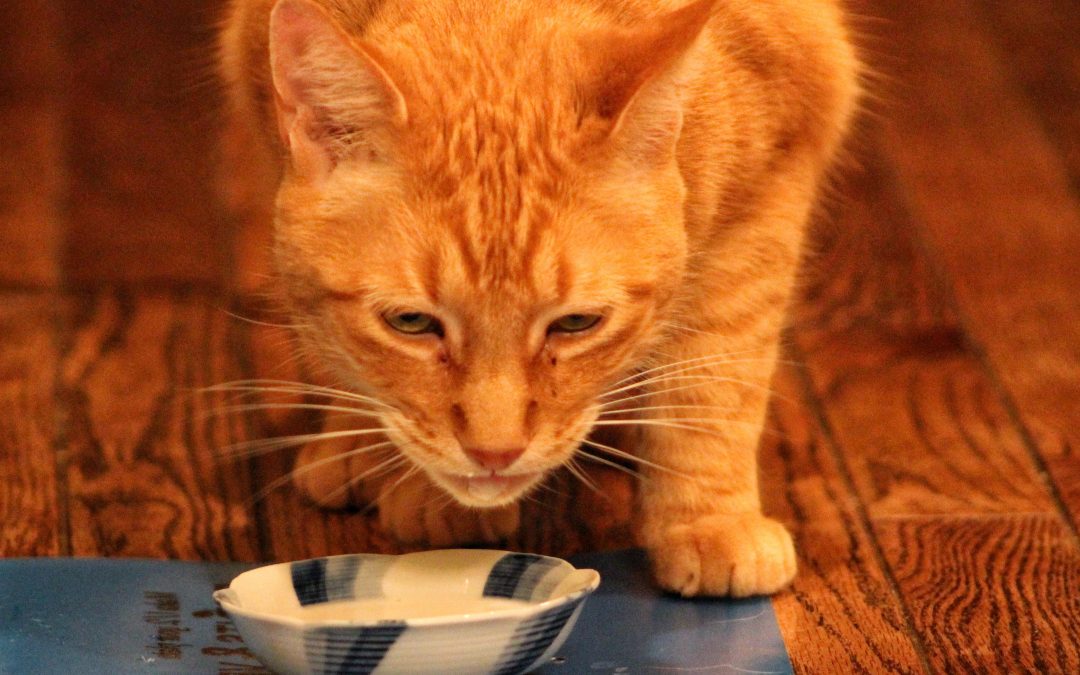 Dogs and cats are dying from nutrition related diseases. And it’s insidious. It’s not obvious at all. (Of course, humans are also dying from dietary related diseases but I’m a veterinarian so let’s talk about the species I know best: our pets, dogs and cats. Even horses. Rodents. Monkeys. What else do we keep as pets?) It seems like in our modern society, we have a lot of information about what is required for good health. Certainly, we know the nutrients that are needed for survival. How much/many of these nutrients is needed is also known . We even know what disease looks like from gross deficiency or extreme excess. And many times these diseases look like death.
Dogs and cats are dying from nutrition related diseases. And it’s insidious. It’s not obvious at all. (Of course, humans are also dying from dietary related diseases but I’m a veterinarian so let’s talk about the species I know best: our pets, dogs and cats. Even horses. Rodents. Monkeys. What else do we keep as pets?) It seems like in our modern society, we have a lot of information about what is required for good health. Certainly, we know the nutrients that are needed for survival. How much/many of these nutrients is needed is also known . We even know what disease looks like from gross deficiency or extreme excess. And many times these diseases look like death.
But the subtle deficiencies, or excesses, those are not so easy to determine.
For example, if your dog went blind from lead toxicity, would your veterinarian know how to do the test? It’s something we learned about in vet school – but it is not at the top of our differential list. Even a board certified ophthalmologist would be hard-pressed to think that blindness from lead poisoning could be due to build up from toxic levels of lead in the pet food. Pets can even die. My point is not to slam on my colleagues, my point is that it’s not common to think of subtle dietary factors as cause of illness.
The above is an example of an excess that is subtle, insidious, and the result of poor quality ingredients in food. Seriously. There are allowable levels of lead, and other toxic chemicals, in pet food.
Let’s look now at an example of a subtle deficiency. Dogs, and cats for that matter, have been dying for decades due to subtle deficiencies in the food. In this particular case, I’m talking specifically about the amino acid taurine. Research suggests that dogs can synthesize taurine from the amino acids cysteine and methionine. Cats cannot; they must have it provided directly in their food.
For that matter, let’s back up a little bit and talk about what an amino acid is – it is a small fragment of protein. The body is designed to digest protein into its smaller components, the amino acids, and the amino acids are used in many different biochemical functions in the body. Taurine is used to build heart muscle. Deficiency of taurine leads to an enlarged heart. Specifically, dilated cardiomyopathy. The heart muscle dilates, gets stretched out, because the building blocks are missing for it to maintain its structural integrity. The result: life-threatening heart disease. Dogs and cats have indeed died and continue to do so.
The shame is that rather than recommending diets rich in natural taurine, which would be meat, recommendations are to continue feeding diets naturally deficient in the building blocks, but have had synthetic ingredients added. Will it work? Yes. Does it provide for optimum health? Unlikely. Look around at these pets eating these diets. Many develop heart disease as older animals. Most have greasy hair coats that shed continuously. Ear infections. Bad teeth. These are not signs of vibrancy and health. Cats and dogs provide us with such joy, do they not deserve to feel joyful too? Great dietary building blocks can do that.
Dogs should not be dying at two years of age from heart disease, seizures, bone cancer, or any other chronic illness. Cats should not be dying at single-digit ages; they should be living into their late teens and early 20s.
It has been reported that 80% of cancers are due to the environment. 80% of that environment is food; it’s the biggest thing we do for our pets. Therefore, does it not make sense to provide the highest quality ingredients possible? Not synthetics and waste ingredients.
I encourage you to think outside of the convenience box and consider a touch more real food for your pets.

